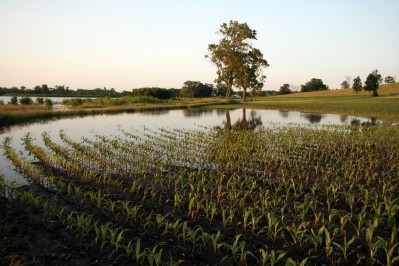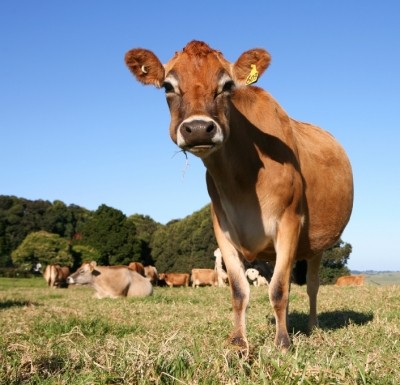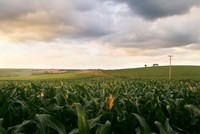Storing emissions from US beef production could cut climate impact
The report, Raising the Steaks: Global Warming and Pasture-Raised Beef Production in the United States, said that US beef production is responsible for about 160m tonnes of global warming emissions each year – but farmers who raise cattle on pasture could reduce those emissions significantly by storing – or sequestering – carbon in pasture soils. This can be achieved by using methods such as preventing overgrazing, increasing pasture crop productivity with a mix of crops, and adding adequate amounts of nutrients from manure, legume crops or fertilizers, UCS said.
The report found that by using such methods, farmers could reduce their annual global warming impacts by as much as 140 million metric tons, the equivalent of taking 21m cars and light trucks off the road.
“Given the threat that climate change poses, all sectors of our economy – including agriculture – have to do their part,” said report author and UCS senior scientist Doug Gurian-Sherman. “There is a range of affordable ways beef producers, especially those who raise beef on pasture, can significantly reduce their impact by cutting emissions and capturing more carbon in soil.”
All beef cattle in the United States spend at least the first few months of their lives grazing on pasture, and although some continue on pasture until they are slaughtered, most are ‘finished’ in CAFOs (confined animal feeding operations) on corn and other grains. Some previous research has suggested that animals in CAFOs produce fewer emissions than their pasture-fed counterparts, but the authors of this latest report suggest that such studies “relied on data that assumed low pasture nutritional quality.”
Apart from reducing emissions, improving cattle’s diet quality could also mean that animals grow faster and need less food, thereby bringing them to slaughter faster and further reducing emissions, the authors said.
Gurian-Sherman added: “The Department of Agriculture has a role to play here, too. It should sponsor more research to improve pasture crop quality and productivity, and provide incentives to help farmers adopt climate-friendly pasture practices.”
The full report is available online here.
Estimates of the percentage of total global greenhouse gases produced in the lifecycle and supply chain of livestock are as high as 51 percent (suggested by former environmental expert at the World Bank Robert Goodland and Jeff Anhang), although the most commonly cited figure is from the Food and Agriculture Organization, which suggests the figure is about 18 percent.












